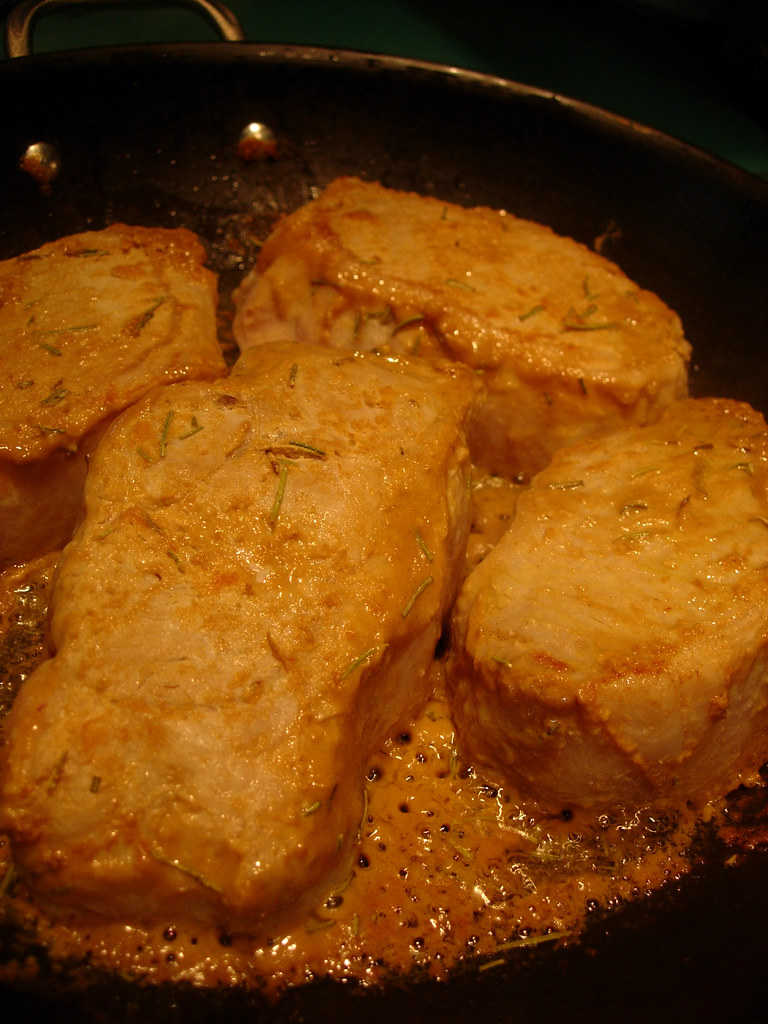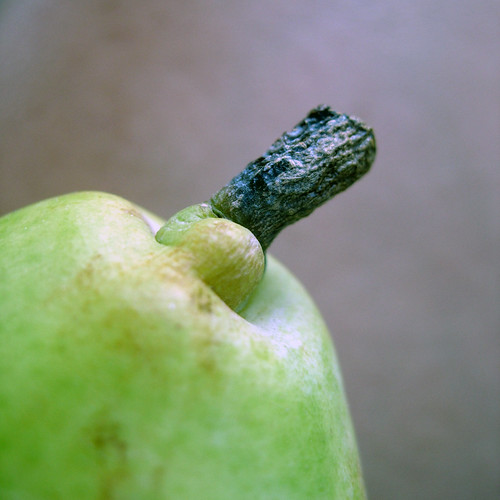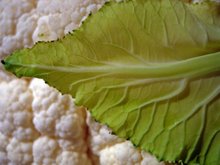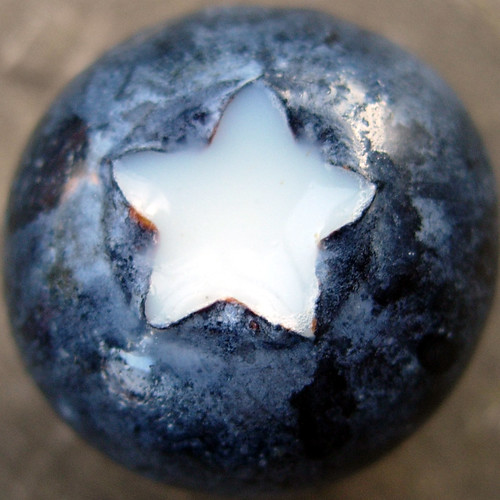 Before hitting the bathtub with my copy of Best Food Writing of 2005, I set four two-inch-thick pork chops in the fridge to defrost.
Before hitting the bathtub with my copy of Best Food Writing of 2005, I set four two-inch-thick pork chops in the fridge to defrost. I’d used Gabrielle Hamilton’s “Killing Dinner,” a piece that ran a year ago in The New Yorker, as an example of a killer intro in my class the other day and even wrote about it. But I’d never gotten a chance to finish the short essay until last night. It didn’t end as I’d expected—with some great plea to the masses to get physical with animal protein, despite the encouragement to go barehanded up a chicken’s ass.
I spent the remainder of my Saturday night in a soggy, sobbing heap on the guest bed, swearing off chickens and pigs and cows based on Hamilton’s account of her first slaughter, badly botched and vivid. In a dream later, my proposal for a new cooking show was accepted in Poland; I took my friend, Rita, to document the event. On the first show, we made pork chops.
I was afraid of pork chops for a long time, worried I wouldn’t cook them long enough, that people would get sick, that I would overcook them. My neighbor is the poster child for food safety and always has me sticking a thermometer in them. Blech. The chops turn to shoe leather before the mercury reaches PORK.
Now I wing it, and they’re what I serve to guests, who can’t help but make seductive grunting noises with every bite. I make them for just us, too, since the dish is mostly hands off.
This recipe for the crust and sauce is adapted from Fran McCullough’s Low Carb Cookbook, and it is one of the finest combinations of flavors and colors ever to hit a sauté pan.
I like to fork-poke the pork to tenderize it (and also to think of the phrase “fork-poke the pork”).
Ingredients
Pork chops, thick cuts (Costco’s are perfect);
dry mustard;
coarse salt;
1/2 cup Dijon mustard;
2 T soy sauce;
1 T rosemary;
1 t minced garlic (jarred is nice);
1 T olive oil plus more for pan.
Instructions
1. Salt the chops on both sides and cover with dry mustard; let sit as long as you like (in the fridge if truly long!).
2. Heat a deep, lidded sauté pan; add olive oil to coat the bottom. Turn up the flame!
2. Mix a sauce of the remaining ingredients and cover the pork chops, top and bottom.
3. Add the chops to the hot pan, and sear them, both sides.
4. Put the lid on and cook on the lowest heat possible for about 45 minutes or more, depending on your stove.
It’s easy to overcook the chops, so don’t. After 45 minutes, cut into the smallest one. If it’s done, turn off the pan and tend to your sides: Brussels sprouts and whipped cauliflower (whip a steamed head of cauli in a food processor with half a stick of butter, an ounce of cream cheese, salt, and garlic).
The first bite brought back a long-absent appetite. I declared them glorious. My daughter agreed. “You made them, Mom,” she said. My husband, who contributed steamed, buttered potatoes, laundry, and made beds, ate two.





1 comment:
pork chops are hard -- their window for greatness seems to be measured in nano-seconds, and less-than-greatness = awful.
i only go for bone-in chops. they seem to stay more tender and flavorful, and those little bits of fat around the bone...mmmmmmmm...i get all paleolithic.
P. grills them (1", bone-ins), rubbed with olive oil and s&p, then bastes them with barbecue sauce only at the end, to get that caramelly, crispy goodness :)
cool blog, L -- update it!
Post a Comment